THIS ISNT SUPPOSED TO HAPPEN
At the Alfred P. Murrah Federal Building, a quiet spring day began like any other in Oklahoma City on April 19, 1995. Government employees arrived for a busy workday. Parents dropped their children off at the day care center. Suddenly, a colossal explosion tore through the ninestory building, the front of it crumbling to the ground. More than one hundred people died instantly. Many more were injured. Tragedy gripped the nation. What caused the explosion? An American terrorist had detonated a bomb. Author Victoria Sherrow examines this catastrophic day, including stories from witnesses and survivors, and the cause of this hateful crimehomegrown terrorism.
About the Author
VICTORIA SHERROW, the author of numerous books for young people, received her BS and MS degrees from Ohio State University. Some of her titles for Enslow Publishers, Inc., include Cherokee Nation v. Georgia and Censorship in Schools.

Image Credit: AP Images / The Daily Oklahoman, Jim Argo
A firefighter walks by explosion-damaged cars near the smoldering ruins of the Alfred P. Murrah Federal Building in Oklahoma City on April 19, 1995. The bomb that decimated the building could be heard from miles around.
IT WAS UNFORGETTABLEthe booming noise that pierced the air in Oklahoma City on the morning of April 19, 1995. A ball of flame rose toward the sky. Within seconds, the front of the nine-story Alfred P. Murrah Federal Building had crumbled to the ground. A quiet spring day had become a living nightmare.
The bomb that devastated this building resounded for miles around. People within thirty miles of the city heard the noise and felt a tremor. Melva Noakes was working at a day care center in Choctaw, twenty miles from Oklahoma City. She remembered, We went outside and saw a jet and thought [the explosion] must have been a sonic boom. Some people thought the noise was thunder. They saw lights flash in the sky and wondered why lightning had struck on a clear day.
What had struck was a van loaded with nearly 4,800 pounds of explosives. In that instant, 168 lives were cut short. Thousands of other people were left injured or grieving.
Some people inside the federal building survived the initial blast. One of them was Michael Reyes. His office was on the seventh floor. Reyes recalled what happened that Wednesday morning:
I was sitting at my desk, and I had just gotten off the phone and then the power went off. And that was a weird sensation because the power had never gone off. And then I started hearing this rumbling, and I guess I thought it was an earthquake. I thought, I need to get under my desk and then I looked at my desk. It was just shaking violently like it was going to break apart.
Michael Reyes crouched under his desk. Then, suddenly, the floor gave way. He said, I started to fallbut I was in a dive. And I thought, Im just going to fall down seven floors and thats going to be itits just going to be over.
On the third floor, staff members of the federal credit union office were holding a meeting. They were seated around the desk of director Florence Rogers. As the bomb exploded, Rogers saw eight of her fellow employees plunge through the floor and into the ground.
Scientists would later explain that when the bomb went off, super-hot gas had streaked through the building at a speed of 8,000 feet per second. Those standing out front were slammed with a force equal to 37 tons. One man, they said, who was taking a cigarette break outdoors, was vaporized into the wall.
An instant later, the gas evaporated. A fierce vacuum formed. Oxygen was sucked out of the air. The ground shook as if it were being tossed by a full-scale earthquake.
This mighty explosion tore apart the federal building and sent glass and concrete flying onto the streets. Scattered in the dust and debris were childrens toys. It was a dreadful reminder that a day care center had been operating inside the building. That morning, parents had arrived with their children as usual. Among them were A. C. Cooper and his wife, Dana, the director of the center. A.C. had dropped off Dana and their two-year-old son, Anthony Christopher, then kissed them good-bye. It was the last time he would see them alive.

Image Credit: AP Images / The Daily Oklahoman, Paul Hellstern
Firefighters search through rubble for survivors on the fifth floor of the Alfred P. Murrah Federal Building in Oklahoma City a day after the deadly bombing attack.

Image Credit: AP Images / David Longstreath
Relatives and police console an unidentified woman after she learned that her child was trapped in the day care center at the Alfred P. Murrah Federal Building. After the explosion, people rushed to the bomb site to provide assistance and search for their loved ones.
After the explosion, people from around Oklahoma City rushed to the bomb site to help. Black smoke swirled around them. Cars had been blown to pieces and parking meters were knocked down. Glass and concrete lay strewn along the sidewalks.
Among those who hurried to the site was Dolores Watson. Her grandson, P. J. Allen, had been in the day care center. Watson later said, When I looked at that building, I didntI couldnt imagine anyone coming out alive out of that building.
As they arrived, police, firefighters, and rescue workers were visibly upset. Assistant Fire Chief Jon Hansen said, This isnt supposed to happen in the heartland.

Image Credit: AP Images / David Longstreath
Survivors injured during the bombing attack at the Alfred P. Murrah Federal Building gather near the explosion site to receive medical attention. As dazed victims emerged from the building, doctors, nurses, police officers, and many others were there to help.
AS RESCUE TEAMS ARRIVED, stunned survivors were emerging from the ruins of the bombed building. They were terribly wounded and burned. Others had no shoes, and their clothing hung in shreds. Some people had lost an eye, an arm, a leg, or fingers.
From the rubble, police and firefighters heard children crying. They hurried toward the sounds to find survivors. Police sergeant John Avera recalled, We started moving bricks and rocks and we found two babies. Medics gently wrapped the severely burned, barely living infants in white gauze.
In the face of this disaster, people came to help. There were medical and nursing students, off-duty police officers, clergy, engineers, and others. One hundred physicians from Oklahoma City had gone to a medical conference in Houston. When they heard about the bombing, they flew back home.
Stephen Pruitt was one of the injured. He was thrown against a brick wall so hard that he had brick prints on his skin. His nose was broken and his eye was severely injured. Luckily, his injuries were less severe than those of some others.

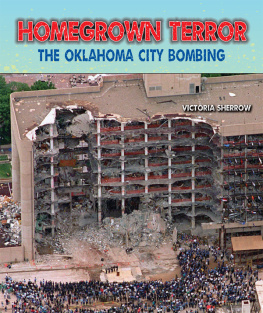

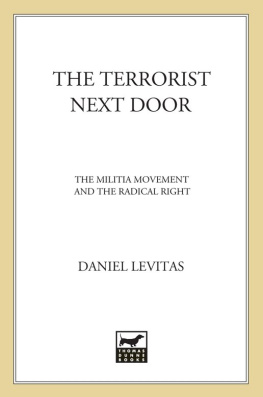
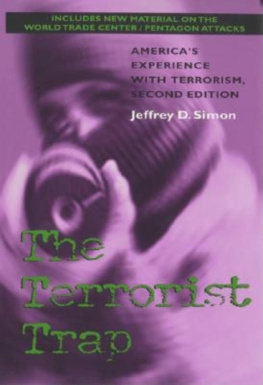
![Waring Todd - Oklahoma City: [what the investogation missed-- and why it still matters]](/uploads/posts/book/242598/thumbs/waring-todd-oklahoma-city-what-the.jpg)
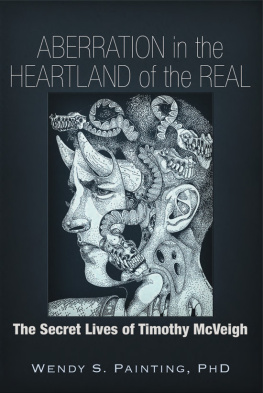
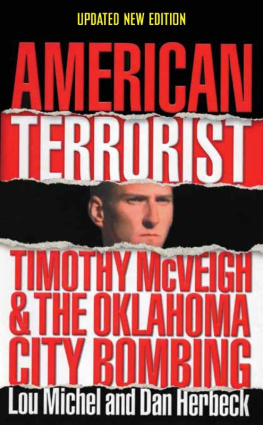
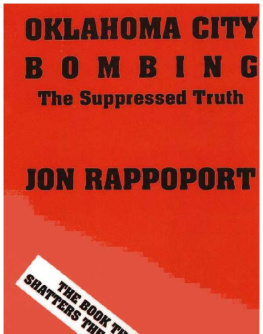

![Gumbel Andrew - Oklahoma City : [what the investogation missed-- and why it still matters]](/uploads/posts/book/98695/thumbs/gumbel-andrew-oklahoma-city-what-the.jpg)




